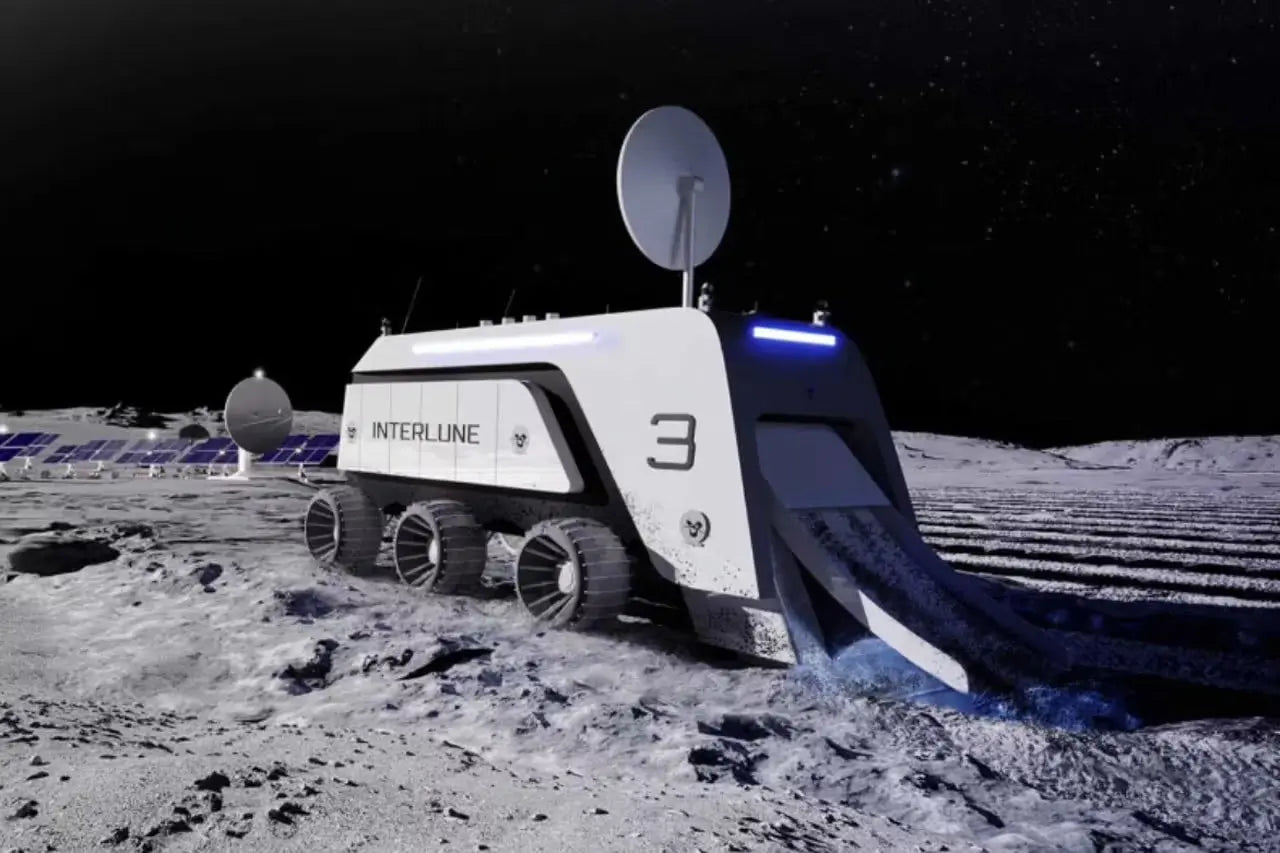Two former Blue Origin employees, Rob Meyerson and Gary Lai, have left their jobs to launch their own startup dedicated to extracting helium-3 on the Moon. Although the concept of lunar mining has been discussed for years, few, if any, companies have actually attempted to exploit it. Helium-3 is an isotope used for nuclear fusion and, although extremely uncommon on Earth, it is abundant on the Moon, created by the solar wind emitted by the Sun. Its uses include medical imaging, cryogenics and nuclear flaming.
Interlune's mission also encompasses the logistical challenge of bringing these resources back to Earth in an economically viable manner. With initial funding of $15 million and plans to establish a pilot plant by 2028, the startup is positioning itself at the forefront of lunar mining. Their “demonstrator mission” planned for 2026 will serve as a crucial milestone, not only to prove the feasibility of their project but also to set a precedent for the exploration and commercial use of the Moon.
And the environmental implications?
Helium-three exploration raises important questions regarding the environmental impact of lunar mining. Preserving the lunar environment, still largely unexplored, will have to be a priority, requiring innovative approaches to minimize the footprint of human activity.
Collaborating with space sector giants like SpaceX or Blue Origin could not only provide the infrastructure needed to facilitate these missions but also catalyze a larger collaborative effort in the space industry. This synergy between new startups and established companies could accelerate the development of space technology and open new avenues for the exploration and exploitation of space.
Towards a long-lasting energy future?
Interlune's exploitation of helium-3 could mark the start of a new era in energy manufacturing, providing a clean and abundant opportunity for fossil fuels. This quest for energy autonomy has the potential to transform the energy, health and research sectors, promising major technological advances and an era of prosperity based on extraterrestrial resources.



Share: